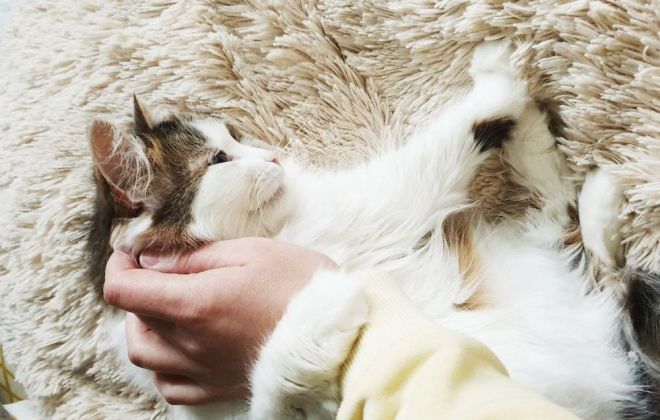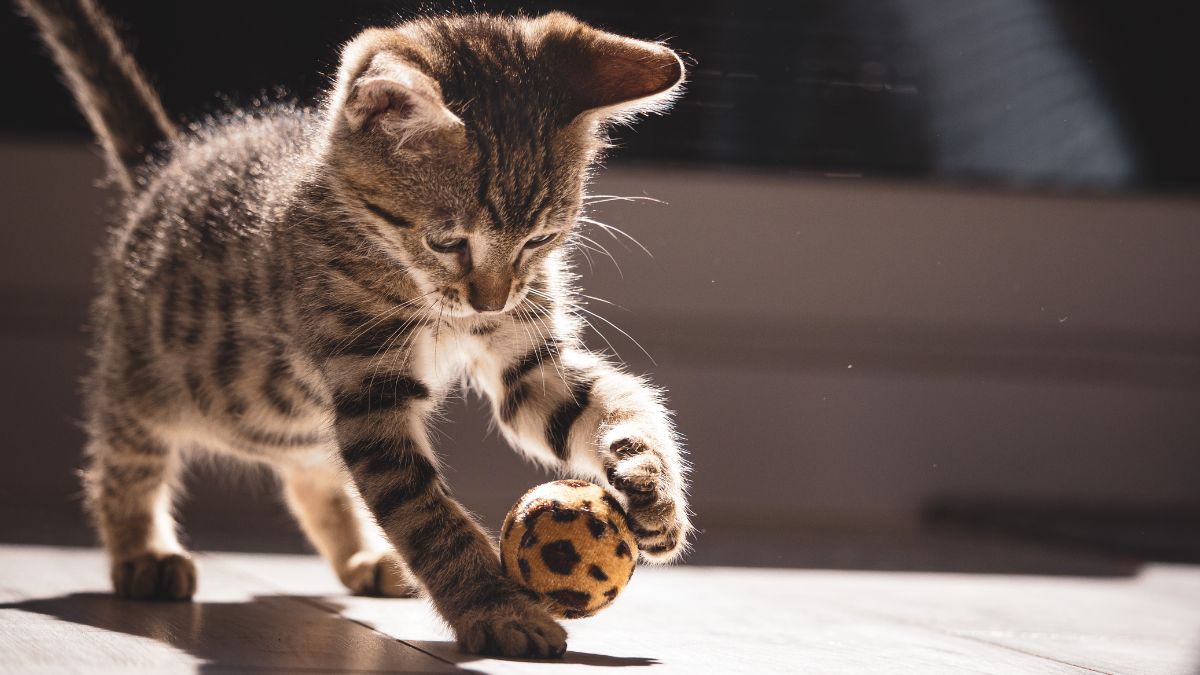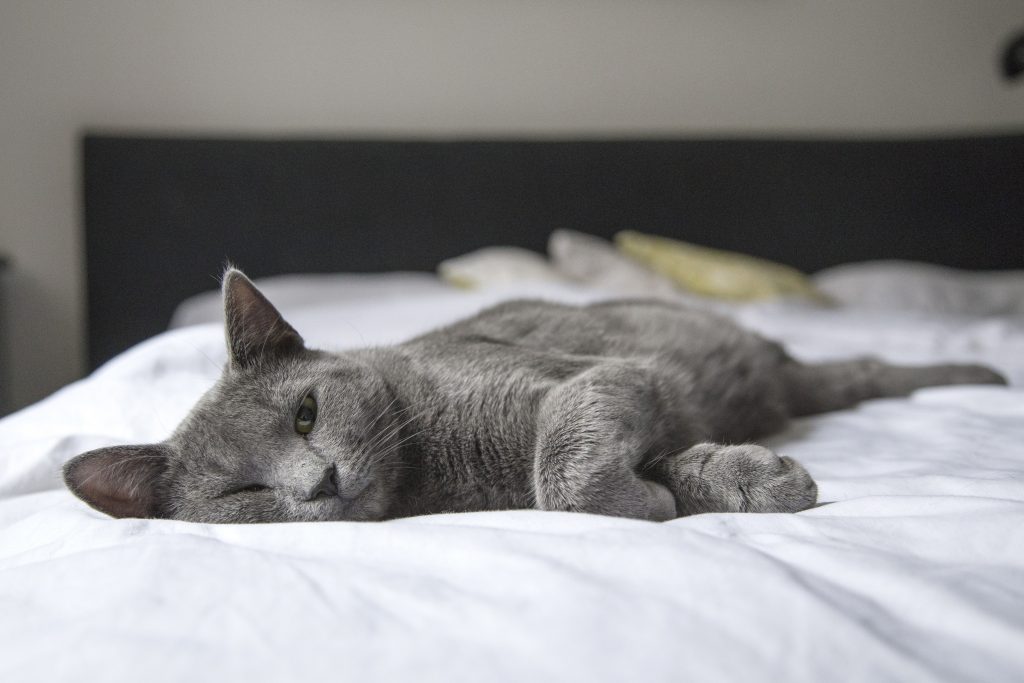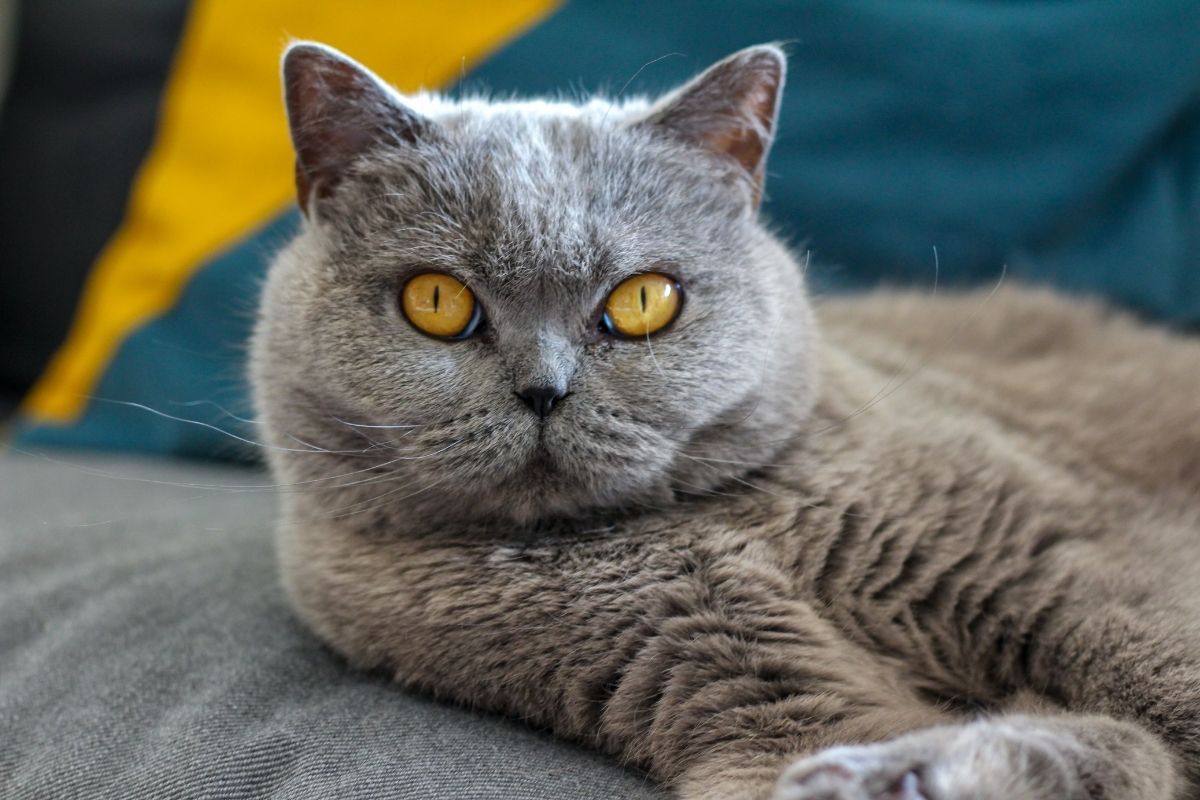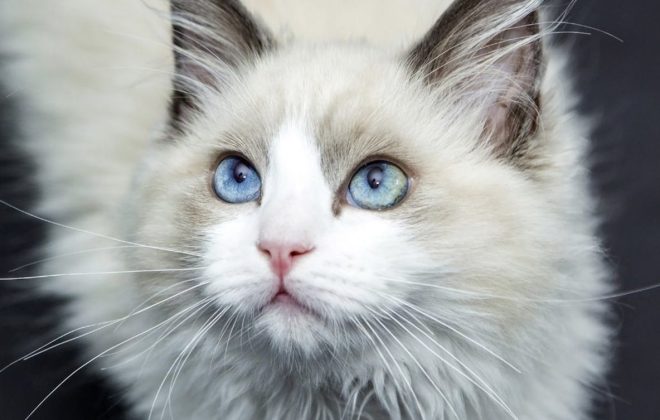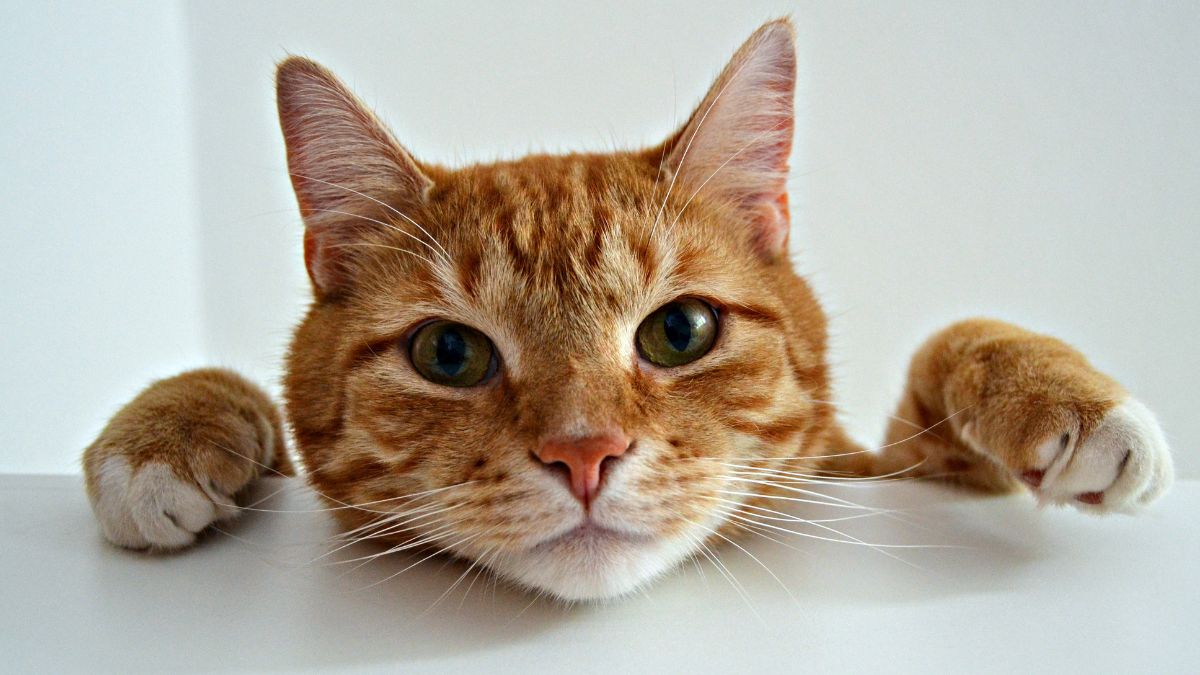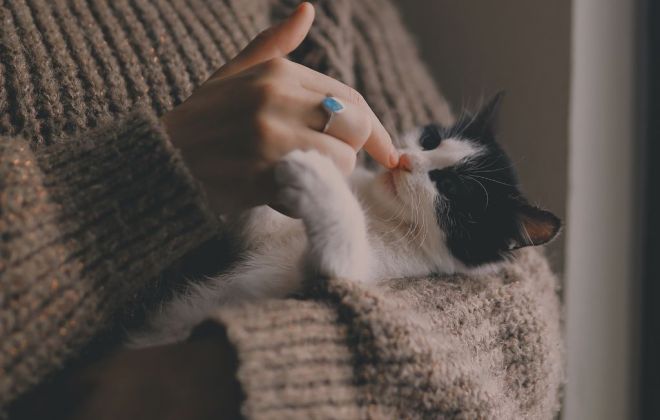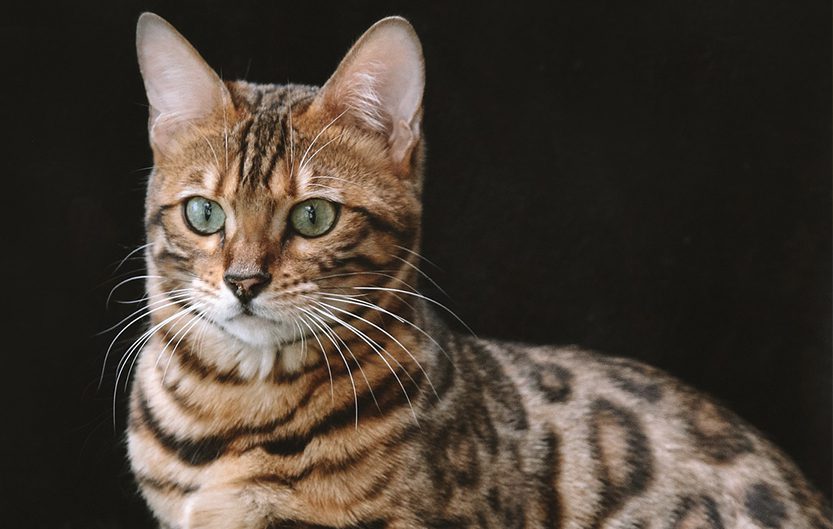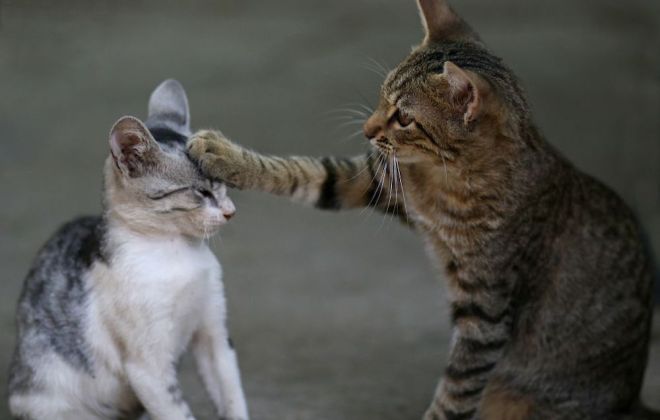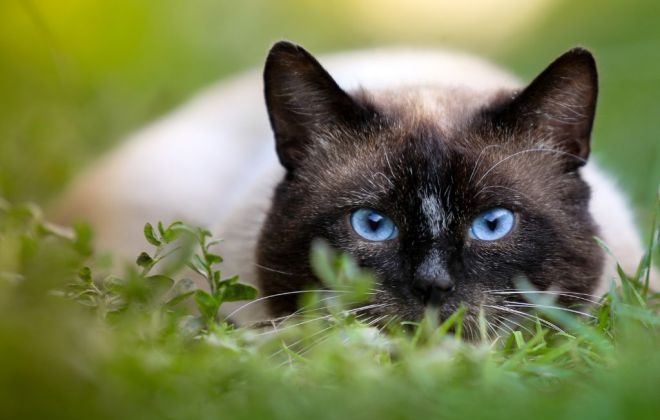Kattenverzorging tips & info
-
Hoe je weet dat je kattenoppas houdt van katten en vice versa
Wil je weten of je kat en hun oppas vrienden zijn? Cat in a Flat vertelt je hoe je weet of je kattenoppas van katten houdt (en vice versa).
-
Beroemde Katten: Alles Wat Je Moet Weten over de Schotse vouwoorkat
Wist je dat de Schotse vouwoorkat worden geboren met rechte oren? Cat in a Flat deelt nog meer fascinerende feitjes over deze schatjes.
-
Wat Is een Cyperse Kat Precies? Leuke Feitjes over Deze Geliefde Katten
Wist je dat een cyperse kat een soort kat is, maar geen ras? Cat in a Flat deelt leuke feitjes met je over cyperse katten!
-
Kattenoppas Tips: Ongelukken en Ontsnappingen Voorkomen Tijdens het Oppassen
Als kattenoppas is je doel om je kattenklant veilig te houden. Cat in a Flat laat je zien hoe je als kattenoppas ongelukken kunt voorkomen.
-
Kattenspeeltijd Gids: Hoe Je ervoor Zorgt dat Je Kat Genoeg Beweging Krijgt
Bang dat de kat waar je oppast niet genoeg beweging krijgt? Cat in a Flat vertelt je alles wat je moet weten over dagelijkse speeltijd!
-
Hoe Bescherm Je Je Kat Tegen Vuurwerk
Vuurwerk is voor ons misschien leuk, maar niet voor de meeste katten. Hoe bescherm je je kat tegen vuurwerk? Cat in a Flat geeft enkele tips.
-
Waarom Je Kat Naast de Kattenbak Piest
Piest je kat naast de kattenbak? Cat in a Flat legt uit waarom je kat uit protest plast en hoe je dit voorkomt.
-
6 Dingen die Katten Haten en Hoe Je Ze Vermijdt
Wist je dat katten het haten als je ze aanstaart? Cat in a Flat bekijkt 6 ergernissen die kattenoppassers en baasjes beter vermijden.
-
Wie Is de Rode Kat? 5 Feitjes over deze Karakteristieke Katjes
Wist je dat elke rode kat cyper is, maar niet elke cyper een rode kat? Cat in a Flat duikt in interessante kattenfeitjes over de rode kater.
-
De Britse Korthaar Kat. Alles wat Je Moet Weten over dit Populaire Kattenras
Overweeg je het nemen van een Britse Korthaar kat? Cat in a Flat vertelt je alles wat je moet weten over dit populaire kattenras.
-
Ragdoll Katten. Interessante Kattenweetjes over dit Rustige Ras
Ragdoll katten zijn niet alleen beeldschoon, maar ook zachtaardig en vriendelijk. Cat in a Flat stelt je voor aan dit geliefde kattenras!
-
Krabt Je Kat de Meubels Kapot? Waarom Katten Krabben en Hoe Je Ze Stopt
Wist je dat katten hun territorium afbakenen door te krabben? Cat in a Flat legt uit waarom katten krabben en hoe je ze laat stoppen.
-
Waarom Gaat Mijn Kat op Zijn Rug Liggen? Waarom Katjes zo in de Knoop Slapen
Heb je je ooit afgevraagd waarom je kat graag op zijn rug gaat liggen? Cat in a Flat onthult de verrassende antwoorden!
-
Is de Kat van Slag Omdat Je Niet Thuis Was? Hoe Je Je Kat Laat Wennen aan Vakanties
Raakt je kat overstuur wanneer je op vakantie gaat? Cat in a Flat helpt je kat laten wennen aan het feit dat je niet thuis bent.
-
Kan Ik Mijn Kattenoppas Vertrouwen? Hoe Boek Je een Betrouwbare Kattenoppas
Een betrouwbare kattenoppas vinden is ongetwijfeld een van de dingen waar je je het meeste zorgen om maakt bij het plannen van een trip.
-
Wie Is de Bengaalse Kat? Fascinerende Feitjes over dit Exotische Kattenras
Wist je dat de Bengaalse kat afstamt van de Aziatische luipaardkat? Cat in a Flat deelt de voordelen en nadelen van dit exotische kattenras.
-
Passende Kattenoppasdienst: Langskomen of Logeren?
Is een kattenoppasdienst met losse bezoekjes of overnachtingen beter? Cat in a Flat legt het verschil uit en wat het beste is voor je kat.
-
Alles Wat Je Moet Weten over de Noorse Boskat
Wist je dat de Noorse Boskat terug te vinden is in de Noorse mythes? Cat in a Flat vertelt je de fascinerende feitjes over dit geweldige ras.
-
Vriend of Vijand? Weet of Je Katten met Elkaar Overweg Kunnen
Zijn je katten vrienden of vijanden? Cat in a Flat leert je zien of katten met elkaar overweg kunnen (en wat te doen als dat niet zo is).
-
Hoe Red Je Muizen en Vogels die Je Kat mee naar Huis Brengt
Brengt je kat je ‘cadeautjes’? Cat in a Flat duikt in het jachtinstinct van je kat en wat je moet doen als je kat je muizen of vogels brengt.
-
Brengen Lapjeskatten Geluk? Leuke Feitjes over dit Charmante Kattenras
Wist je dat lapjeskatten in sommige culturen geluk brengen? Cat in a Flat vertelt je alles over de geschiedenis van de lieve lapjeskat.
-
Waarom Mekkeren Katten naar Vogels?
Bijzonder gedrag van katten is de neiging om te “mekkeren” naar vogels. Fascinerend, maar waarom doen ze dat? Cat in a Flat vertelt het je.
-
Waarom Volgt Mijn Kat Me naar de Badkamer?
Springt je kat soms bij je onder de douche? Cat in a Flat bekijkt enkele redenen waarom je kat je graag naar de badkamer volgt.
-
Hoe Vind Je een Goede Kattenoppas
Ga je op reis, maar weet je niet hoe het met de verzorging van je kat moet? Cat in a Flat laat je zien hoe je een goede kattenoppas vindt.
